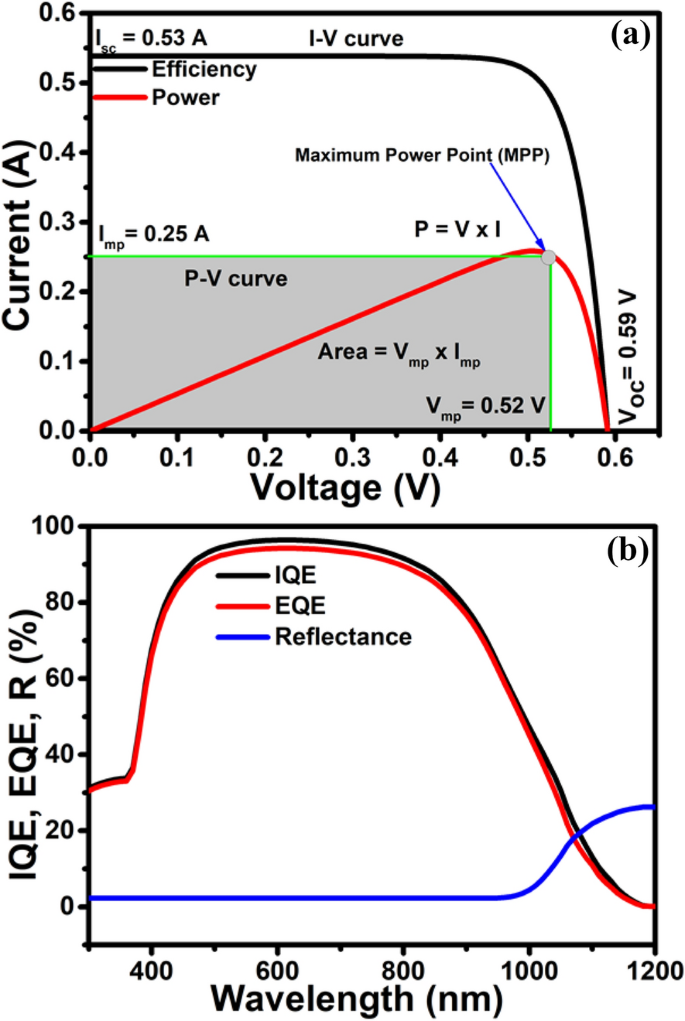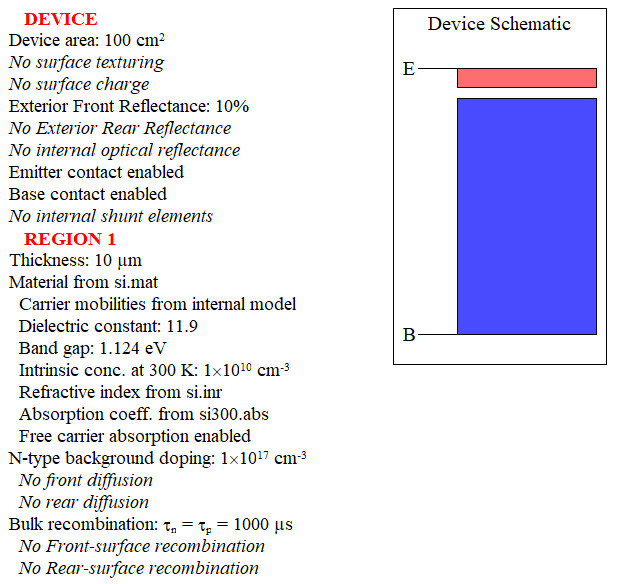

The conversion efficiency of an optimized system increases after cell parameters are optimized. The experimental results are then compared to the SCAPS-1D simulated results. First, the effects of experimentally developed CZTS solar cells are simulated in the SCAPS-1D environment. The efficiency of a CZTS-based experimental solar cell is also discussed. The findings will be useful in determining the feasibility of fabricating high-efficiency CZTS-based photovoltaic cells. With a conversion efficiency of 25.72%, a fill factor of 83.75%, a short-circuit current of 32.96436 mA/cm2 and an open-circuit voltage of 0.64V, promising optimized results have been achieved. Different features, as well as different potential conditions, must be considered for simulation, disregarding the belief in the modeling of a solar cell. Since the response of the solar cell is also contingent on its internal physical mechanism, J-V characteristic measures are insufficient to characterize the behavior of a device. The effects of various parameters on the performance of the photovoltaic cell and the conversion efficiency are discussed.

The parameters of different photovoltaic thin-film solar cells are estimated and analyzed using numerical modeling.
PC1D SIMULATION SOFTWARE
The Solar Cell Capacitance Simulator -one-dimension (SCAPS-1D) software was used to simulate MO/CZTS/CdS/ZnO/FTO structured solar cells. This article describes in detail the numerical modeling of a CZTS (copper zinc tin sulfide) based kesterite solar cell. In this paper, according to the authors’ knowledge ZnO:Al/CdS/CdTe/ZnTe is simulated by PC1D model for the first time and is compared with experimental result (ZnO:Al/CdS/CdTe). The results of simulation were compared with experimental and analytical results by other researchers. The highest conversion efficiency of about 15.3 per cent was achieved for ultrathin CdTe solar cell with a ZnTe BSF layer. personal computer one dimensional (PC1D). The CdTe solar cell is under AM1.5 g illumination using a one-dimensional (1-D) model, i.e. High-efficiency ultra-thin CdTe solar cell with ZnTe layer as back surface field (BSF) was achieved. To improve the performances of CdTe thin-film solar cells, the thickness of CdTe and cadmium sulfide (CdS) have been modified separately.
PC1D SIMULATION FULL
Users should refer to the original published version of the material for the full abstract.The purpose of this paper is to study the effect of individual layers of cadmium telluride (CdTe) solar cell to improve the efficiency of the photovoltaic cell. No warranty is given about the accuracy of the copy. However, users may print, download, or email articles for individual use.

The Simulation study presented in this article allows faster, simpler, and easier impact analysis of the design considerations on the Si solar cell wafer fabrications with increased performance.

Abstract: Expeditious urbanization and rapid industrialization have significantly influenced the rise of energy demand globally in the past two decades.


 0 kommentar(er)
0 kommentar(er)
